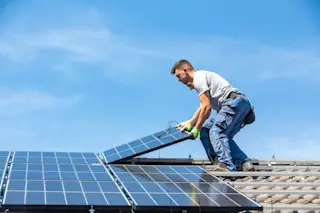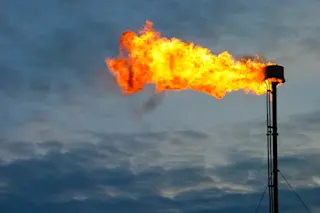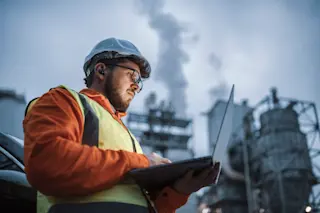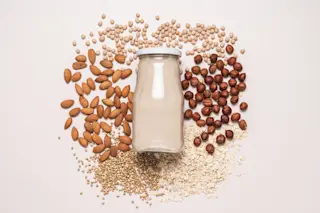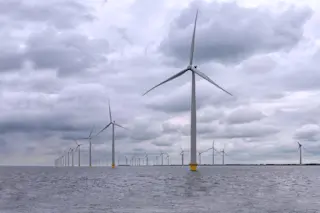In the heart of North Carolina’s bucolic wine country, east of the Great Smoky Mountains, lies Loyd Ray Farms — a factory farm that turns pig poop into energy.
From the road, the sprawling site looks like a typical concentrated animal feeding operation, or CAFO, with nine elongated metal barns housing nearly 9,000 hogs and an open lagoon that stores liquefied manure. But next to the lagoon is a bizarre basin covered by an inflated tarp: the biodigester. Every week, this swollen structure turns 400,000 gallons of liquid hog waste into biogas that fuels the farm.
Loyd Ray Farms is the first to tap a new energy market created under North Carolina’s unique renewable energy law, which took effect in 2012. Whereas many states have renewable energy laws requiring utility companies to harvest a percentage of their energy from solar or wind power, North Carolina is the only one requiring ...







